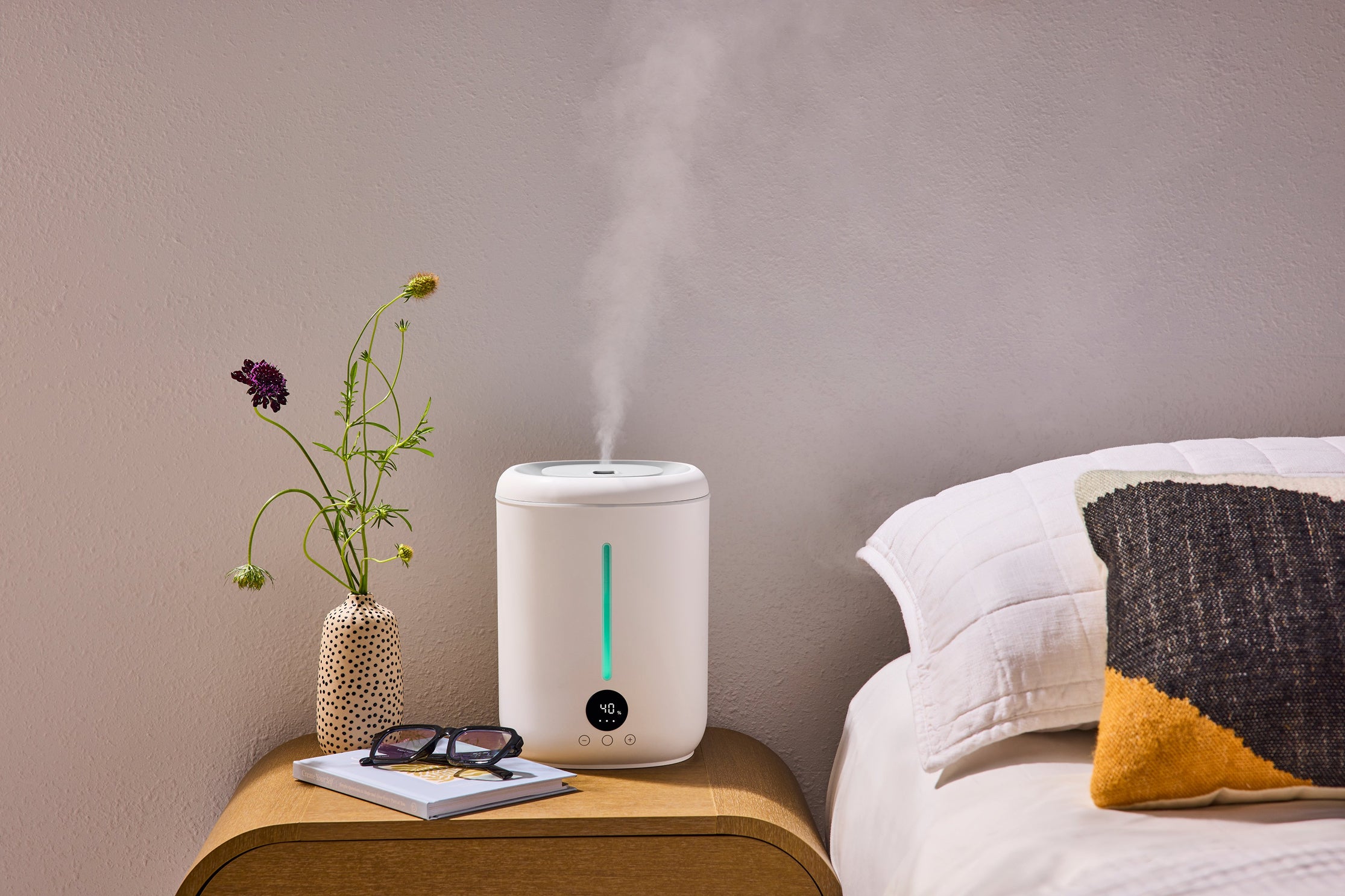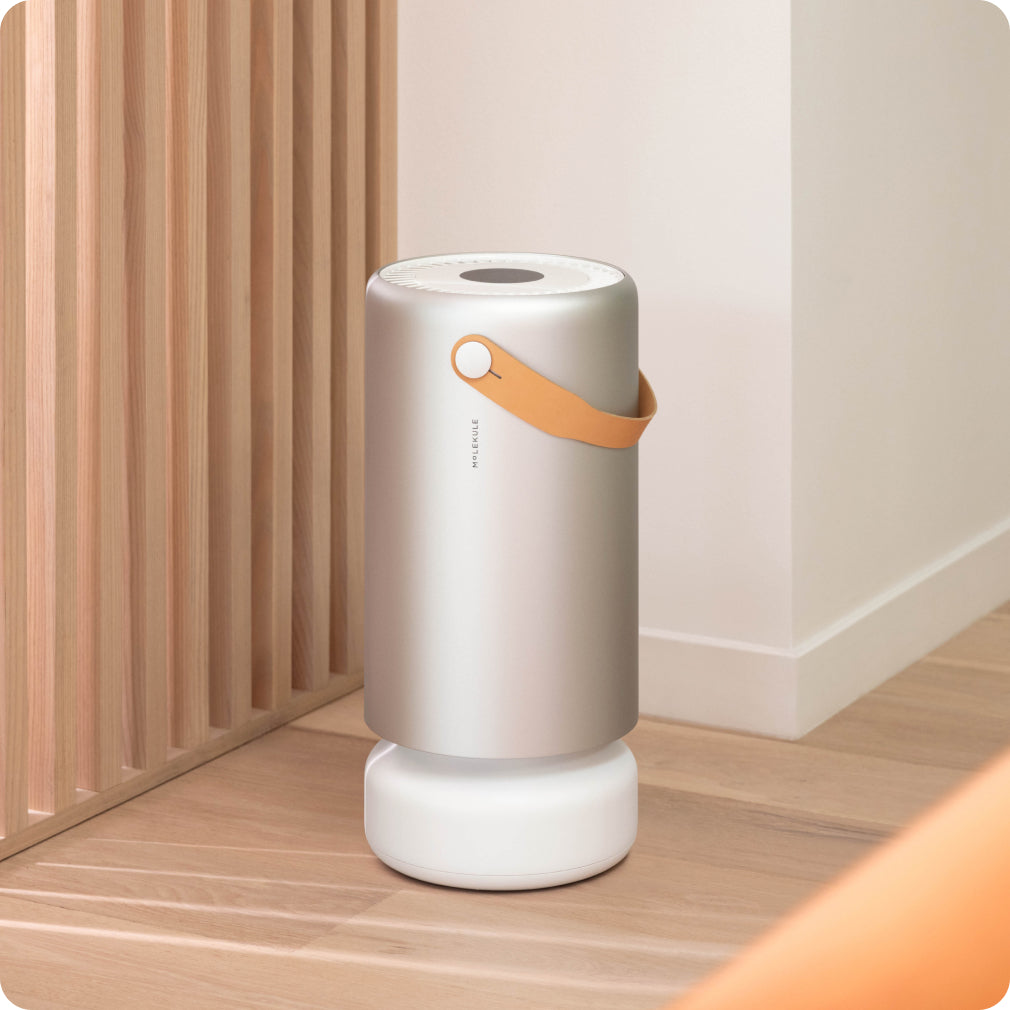If you’re concerned about air quality, you’re in the right place.
From mental and physical health to general quality of life, air quality is a major factor that affects everyone. And for many, this raises important questions: How good is the air I’m breathing? What types of air pollution am I exposed to? How can I improve the air I breathe?
One way to answer some of these questions is by monitoring your local Air Quality Index (AQI). The U.S. Air Quality Index is the EPA's tool for communicating about outdoor air quality and health and includes six color-coded categories, each corresponding to a range of index values. The higher the AQI value, the greater the level of air pollution and the greater the health concern. Unfortunately, AQI only tells a partial story…
Understanding AQI
The first thing to understand is that AQI is monitored and regulated by the EPA as part of the Clean Air Act which regulates five major air pollutants: ground-level ozone, particle pollution (particulate matter), carbon monoxide, sulfur dioxide, and nitrogen dioxide. These are some of the five most common air pollutants present in our outdoor air and come from manufacturing processes and car exhaust, and can be exacerbated by natural weather phenomenon.
State and local air quality forecasters across the country use a number of tools – including weather forecast models, satellite images, air monitoring data, and computer models that estimate how pollution travels in the air to create that day’s forecast. They also use their own knowledge of how pollution behaves in certain communities to issue the air quality forecast for the next day.
This is where we begin to run into some trouble. In most areas, AQI forecasts focus on the next day. Ozone levels are updated every eight hours, while particulate matter forecasts are only updated every 24 hours. This means that the information you’re receiving is about as reliable as a weather report. Have you ever been caught in the rain without an umbrella? How about being caught outside during a Hazardous Air Quality event?
Limitations of AQI
Because AQI calculates its score on wide geographic areas, it fails to account for more localized conditions that might plague your neighborhood, especially if you live near large manufacturing facilities or busy roadways. Plus, these kinds of polluting events happen in real-time which AQI doesn’t capture.
Outdoor air quality is important. Super important. But according to the EPA, Americans spend 90% of their time indoors! That means indoor air quality is arguably more important to our health and wellness than the air outside—and AQI doesn’t monitor the air in our homes. Pollutants like VOCs, mold spores, furniture off-gassing, household cleaning chemicals, and cooking fumes are obviously not captured by AQI but are threats we face everyday regardless of outdoor conditions, making the case for indoor air quality monitoring so much stronger.

Exposure to high levels of VOCs can cause headaches, respiratory irritation, nausea, and dizziness. It doesn’t matter what your area’s AQI is if VOC levels are high in your home. Having good ventilation and proper filtration is crucial to reducing your exposure, but that’s only half the battle. The other challenge is knowing when spikes in pollutants like VOCs happen. Don’t worry! There are many real-time indoor air quality sensors available on the market that can help alert you when these conditions arise.
A Better Approach to Understanding Air Quality
At this point, it should be clear that your indoor air quality needs to be top of mind. Outdoor air quality is important, and AQI helps you monitor conditions when venturing outside, but utilizing real-time, sensor-based air monitoring inside provides a more accurate picture of the air you’re breathing 90% of the time.

If you’re not convinced, consider the fact that indoor air can be up to 5x more concentrated with airborne pollutants than outdoor air. This happens in a number of ways. First, our homes trap particles and chemicals. When we open windows and doors, outdoor air makes its way inside where it has nowhere to go, leading to an increased concentration of pollution. This also happens with pollutants that originate inside. Without proper filtration or ventilation, cooking fumes, cleaning chemicals, dust, and mold spores can build up contributing to high particle concentrations. If you’ve ever entered a “stuffy home” then you understand this phenomenon.
Many air purifiers, including Molekule Air Pro and Molekule Air Mini+, are equipped with air sensors that analyze your air quality. With a quick tap on your Molekule device, you can get a real-time measure that ranges from “Very bad” to “Good.” Opening the app, you get a deeper look at which specific pollutants are impacting your air quality. Plus, it’s pretty rewarding to see your air purifier spring into action thanks to Auto-Protect modes that react to spikes in pollutants.
Utilizing indoor air monitors and air purifiers means you can reap the rewards of breathing cleaner, healthier air in your home or office regardless of the outdoor AQI. Congratulations, you’re now in total control of your indoor air quality.







